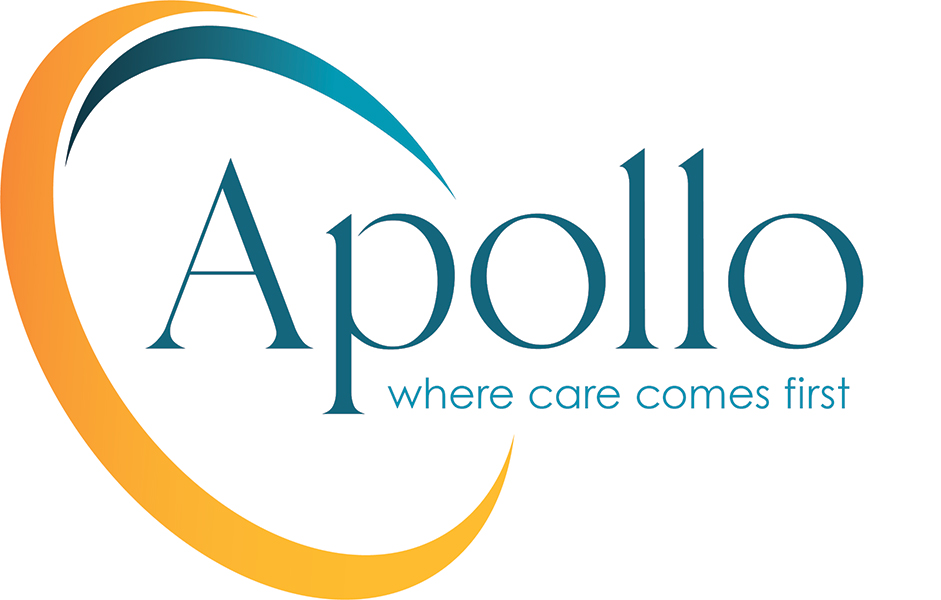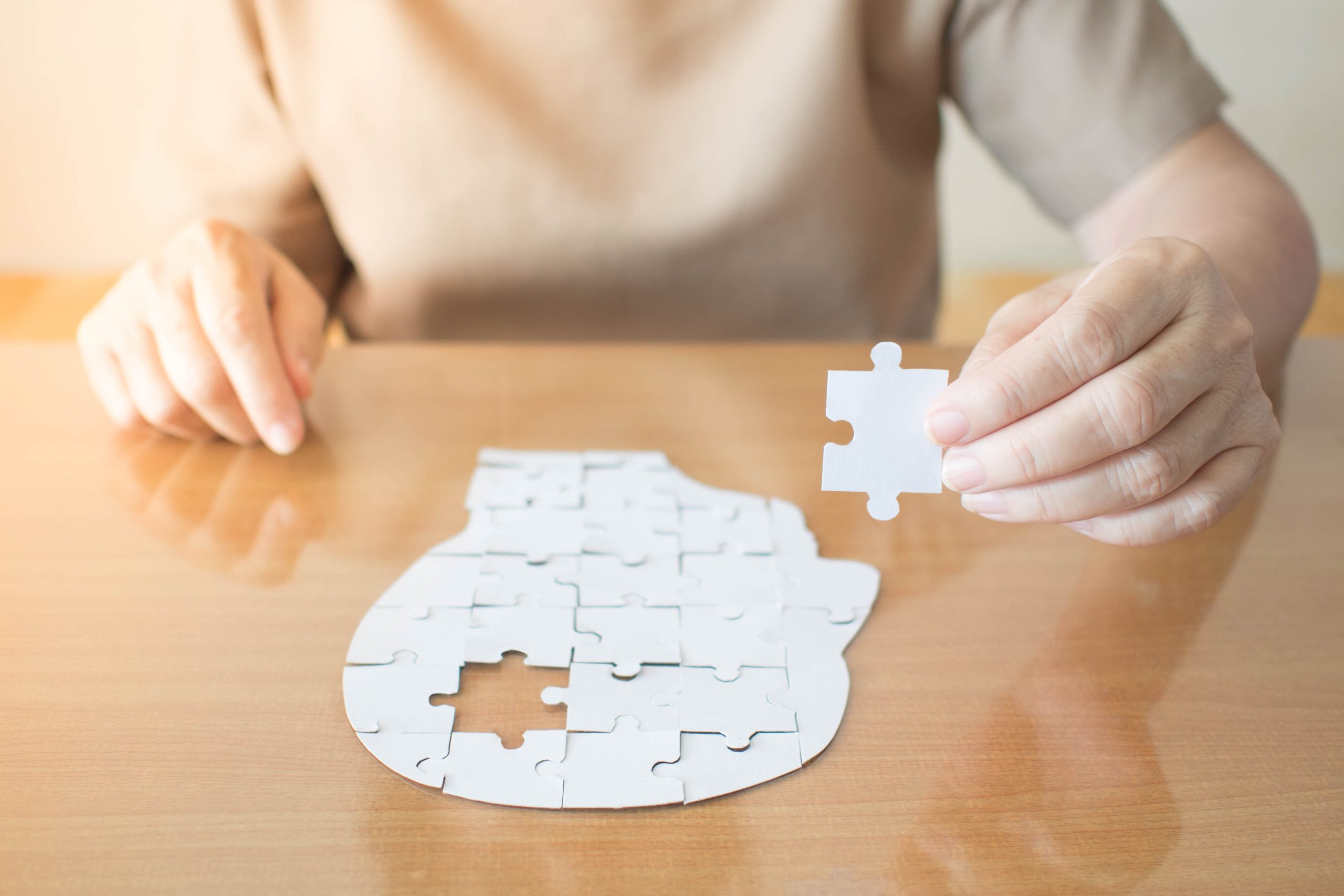Some people recover fully or partially, while others experience long-term effects and may need ongoing support, such as in-home care. Recovery is often a long, gradual process, and no two recovery pathways are the same.
Initial hospital care & acute interventions: After arrival at the hospital, a brain scan (CT or MRI) helps to determine the type of stroke, guide treatment (e.g. clot-busting thrombolysis, thrombectomy, or neurosurgery) and reduce further damage.
Rehabilitation begins as soon as medically feasible. Multidisciplinary teams (including physiotherapists, occupational therapists, speech and language therapists, and psychologists) set goals and deliver tailored therapy.
Duration & expectations: Recovery can be slow, but progress often continues for months or years.
Home adaptations & support: People may need home modifications (e.g. grab rails, ramps), assistive devices, and ongoing support from a domiciliary care provider.
Emotional and psychological support: Acceptance, mental health care, counselling, and peer support are often important for dealing with emotional challenges.
Prevention of further strokes: During recovery and beyond, controlling risk factors and following medical advice is vital to reduce recurrence.
The Stroke Association provides support services and guidance for life after stroke, helping survivors and families navigate long-term care and rehabilitation.

